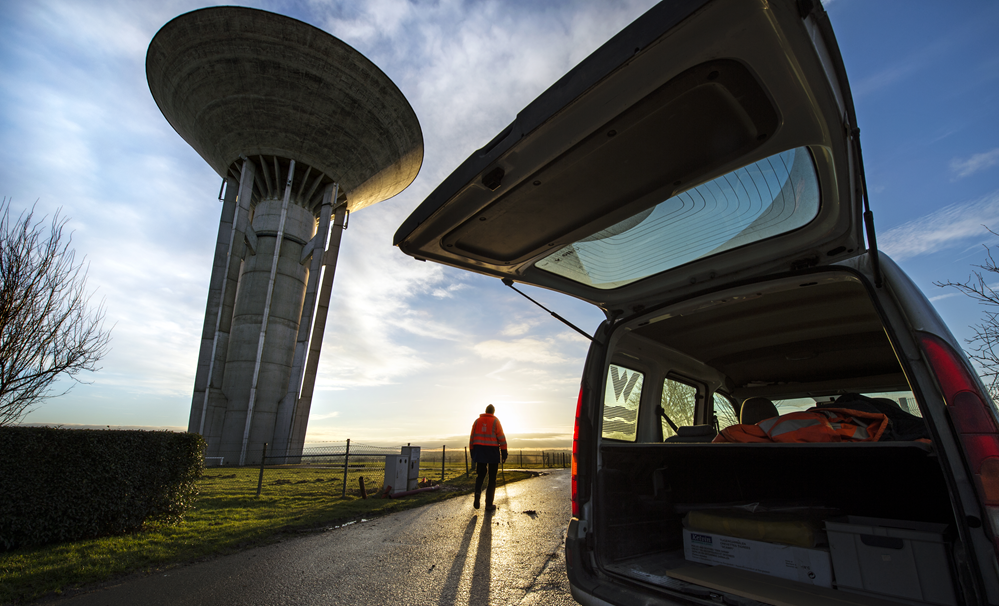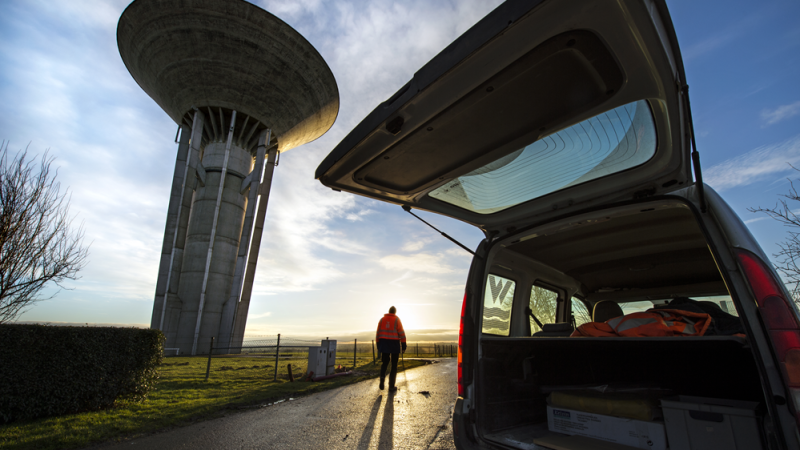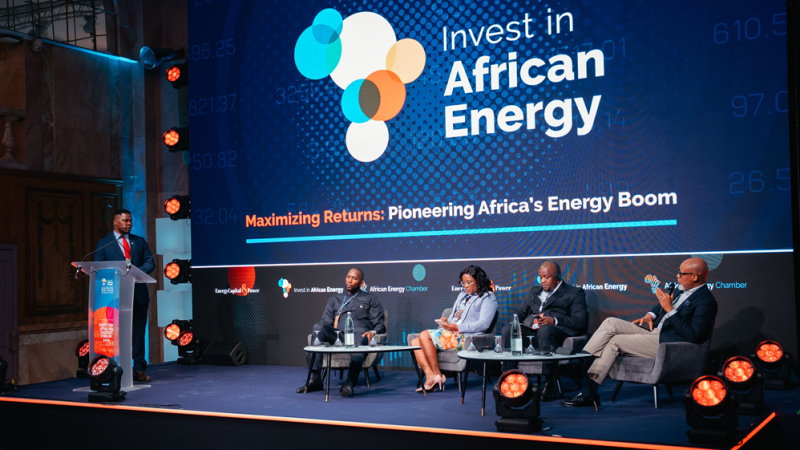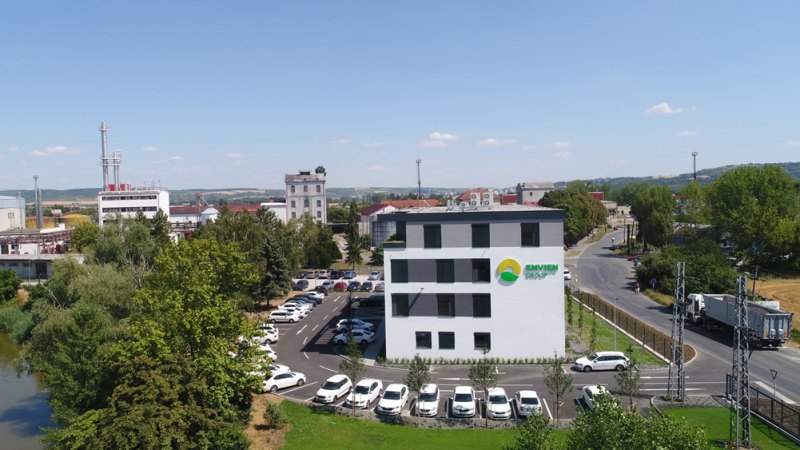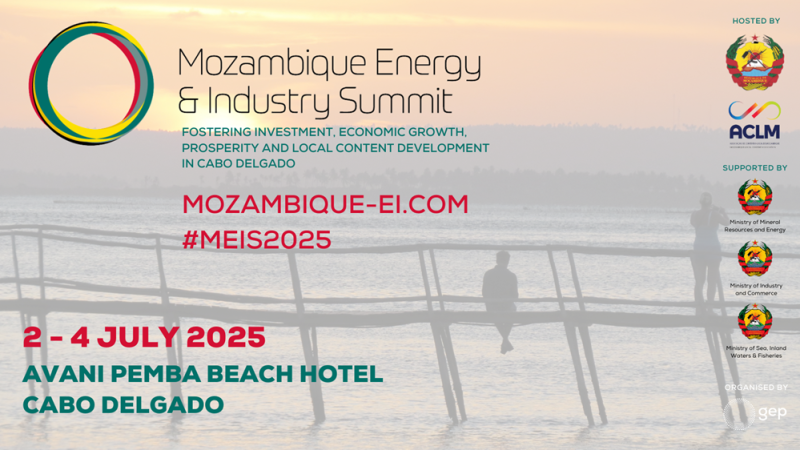Headquartered in Verviers, in the Belgian province of Wallonia, SWDE is an autonomous public company with roots going back to 1913. Originally the national Belgian water company, it was restructured in the late 1980s and divided into regional entities. Today, SWDE with its 1200 employees serves as the primary water supplier for Wallonia, providing clean and safe drinking water to approximately 2.5 million residents.
SWDE’s production and supply teams are supported by the scientists and technicians at the company’s Fleurus laboratory, who provide round-the-clock monitoring, analysing over 30,000 samples taken each year from all parts of the network.
SWDE’s operational network is extensive, covering a supply area of 13,000 km2, significantly larger than many urban-based water suppliers in Europe, says the company director Eric Smit. “With 1135 reservoirs and water towers, approximately 1.2 million connected properties and an annual distribution volume of 102 million cubic meters as of 2023, we manage one of the largest water distribution networks in Belgium, supplying water to more than 70% of the Walloon population.”
He points out that the aging infrastructure is one of SWDE’s significant challenges. “We maintain around 28,000 to 30,000 km of pipelines, with an average network age of 51 years—above the European average. Naturally, this ageing infrastructure is more prone to leaks and inefficiencies. We report a non-revenue water loss of approximately five cubic meters per kilometre per day, a figure that, while not alarming, requires ongoing efforts to maintain and improve.”
Organisational Transformation: a Shift Towards Efficiency
Over the last few years, SWDE has been profoundly reorganised, moving away from a conventional structure that separated water production and distribution. Eric Smit explains that the new model divides operations into two key domains, exploitation process and maintenance process.
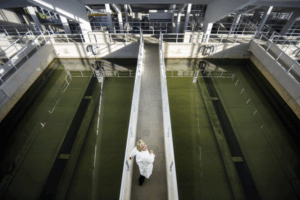
The exploitation part is responsible for ensuring a continuous and high-quality water supply from source to consumer. This function involves real-time monitoring of water quality, handling alarms, and ensuring compliance with European drinking water directives. “Exploitation ensures that water is supplied to a particular quality and quantity “end-to-end” from the catchment to the customer. The role is similar to an aeroplane crew – to complete a mission.”
On the other hand, Maintenance is in charge of asset reliability, preventive maintenance, and infrastructure sustainability. This includes maintaining the 3,000 kilometre-long main pipelines, electromechanical equipment, and securing overall network efficiency. “Maintenance ensures that the assets are in good condition so that Exploitation can manage water supply optimally,” says Smit.
He explains that the objective of this organisational change is to develop and shore up conditional and predictive maintenance with a view to driving down crash interventions. In this context the concept of asset reliability has become key, and the aim is to shift SWDE from a reactive “firefighting” culture – where employees are rewarded for fixing emergencies – to a preventive maintenance culture that emphasizes reliability and long-term efficiency.
“Encouraging staff to adapt to this change has been one of the company’s primary challenges. Changing the way people think, i.e. changing the company culture, is no small feat. Little by little people understand that this change was necessary but to complete the implementation of the reorganization at a functional and cultural level is one of our current challenges.”
Water Quality and Regulatory Compliance
Another highly pressing issue SWDE faces is compliance with the new European drinking water directive, particularly regarding per- and polyfluoroalkyl substances (PFAS), Smit acknowledges.
“In recent years, media attention and political scrutiny have intensified regarding PFAS contamination. The directive mandates a strict limit of 100 nanograms per litre for a set of 20 PFAS compounds, with full compliance required by 2026. However, due to mounting pressure, this deadline has been moved forward, requiring us to meet these standards within a much shorter timescale,” says Smit.
He points out that this requirement will entail massive investment in the coming years in advanced treatment technologies such as activated carbon filtration and other emerging filtration techniques like resin treatment. “While technically feasible, these upgrades require significant capital investment across hundreds of our treatment facilities.”
“Moreover, the directive will soon include other substances i.e. pesticides, so the coming years will be challenging. However, I believe the real challenge here is communication rather than the technicalities. The media and politicians, without a proper understanding of the science, can very quickly create a frenzy. And that’s very difficult to manage rationally and effectively,” Smit reflects.
Ensuring a Safe and Reliable Water Supply
He further affirms that sustainability and digital transformation are central to SWDE’s long-term strategy. Compliance with environmental, social, and governance (ESG) standards is driving investment in digital solutions. One of the advancements is the integration of machine learning models to predict infrastructure failures.
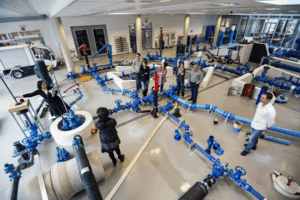
Using predictive regression models developed in collaboration with a French research institute, SWDE can now assess and rank subsections of its network based on failure likelihood. “This enables us to prioritize renewal investment more effectively, ensuring that the most at-risk pipes are replaced first. Given the size of our network, these AI-driven tools are invaluable in optimizing maintenance schedules and financial resources. These tools should allow the company to level out its leakage level in the context of the ageing assets.”
In terms of other investment, SWDE has revamped its Geographic Information System (GIS) and adopted hydraulic modelling software to improve network management. Tele-management standardization (AVEVA) is also in the focus.
Looking ahead, SWDE remains positive despite the hard work that lies ahead. Successfully embedding the preventive maintenance culture within the workforce remains a priority, as is continuing to meet the ever-stricter water-quality regulations. However, the key task will remain the same: providing its customers with an easy, reliable and consistent experience over and beyond the guarantee of a high-quality water supply. A requirement that SWDE is determined to meet reliably and efficiently.
